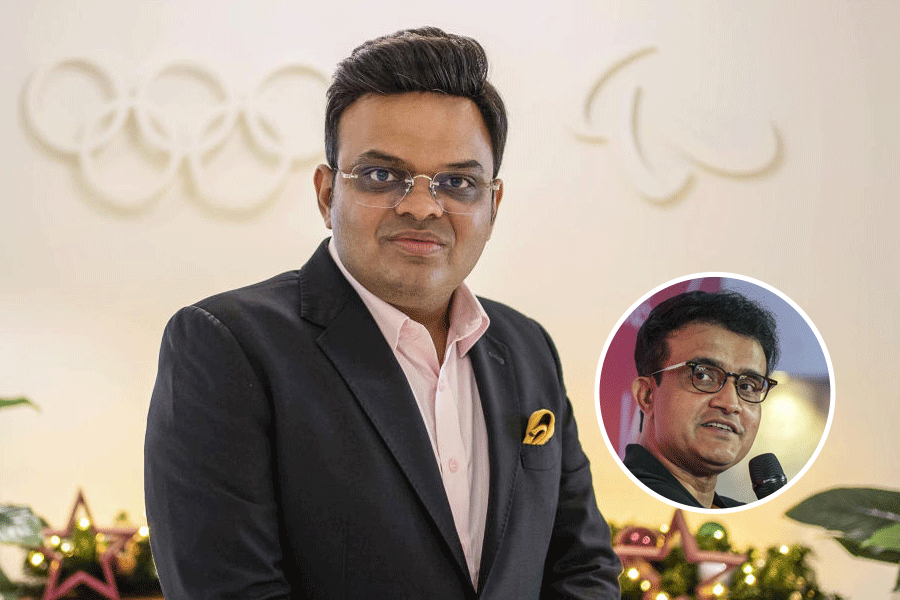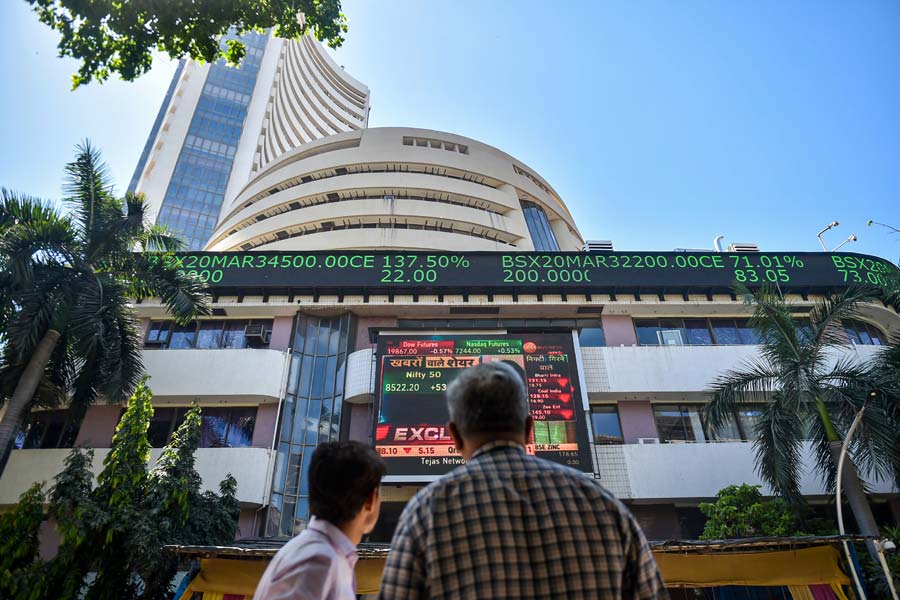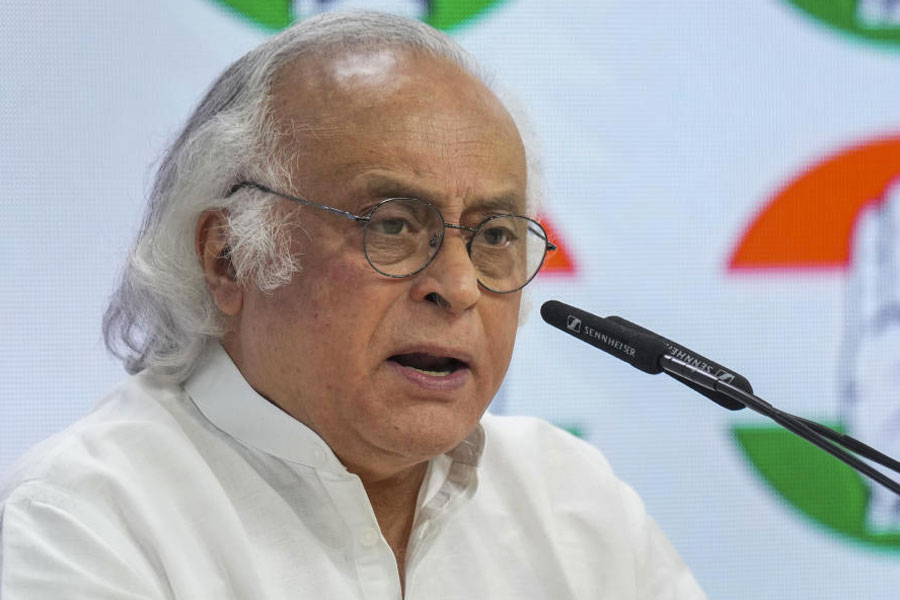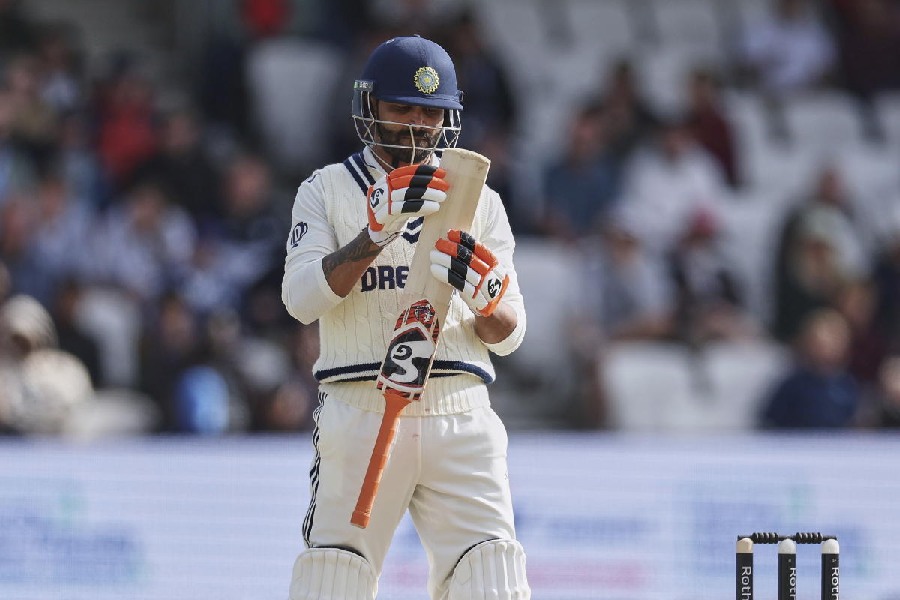Bhubaneswar, Dec. 16: Odisha, one of the poorest states in the country, is yet to update figures for its below poverty line (BPL) population as the centrally-sponsored socio-economic survey has not been completed.
The future of the state’s flagship welfare scheme — rice at Rs 2 per kg — depends on the result of the survey, which following its launch in November last year has been interrupted by technical and manpower-related problems.
The state government, which provides Rs 2 per kg of rice to around 55 lakh families in different categories, spends Rs 1,083 crore on the scheme which has also been the backbone of its successive election campaigns. The expenditure includes payment of around Rs 776 crore to the Centre for buying rice at Rs 6.43 per kg.
Sources said that following a dispute over the BPL survey conducted in 2002, the Centre has been allocating 35kg rice each to 27.76 lakh BPL families in the state at a subsidised rate of Rs 6.43 per kg. However, the state government further subsidises this rice to make it available at Rs 2 per kg to 42.32 lakh families, which according to its own estimates are living below the poverty line.
However, given its resource constraints, it has reduced the monthly quota per family from 35kg to 25kg. The move has drawn Opposition criticism but the government has sought to justify it saying that it wants to cast its welfare net as wide as possible to include the maximum number of poor families in the state.
The issue was also taken note of by the Comptroller and Auditor General in its report for the year ending March 2012. The CAG noted that under the centrally-sponsored targeted public distribution system, rice was allotted by the central government to BPL families at the rate of 35 kg per month between 2002 and 2012. But it was distributed among the beneficiaries in the state at the reduced scale of 25kg per family. The surplus rice of 26.48 lakh metric tonnes, involving a central subsidy of Rs 2,655.61 crore, was diverted for distribution to beneficiaries not recognised by the central government, the report noted.
While this debate goes on, the latest socio-economic survey launched in November last year has raised hopes about more families being brought under the BPL fold so that state gets more subsidised rice from the Centre to reduce its own financial burden.
The issue found an echo in the Assembly last week with the Opposition training its guns on the state government during an adjournment motion debate.
Accusing the government of being indifferent to the plight of the poor, Congress MLA Anup Sai said since there were no regular BPL surveys, the real beneficiaries were being deprived. His party colleague Naba Das said there was no consistency in the statements made by different ministers on the issue.
“While Economic Survey says 39 per cent people live below poverty line, food supplies and consumer welfare minister Pratap Kesari Deb gave a figure of 44 per cent and finance minister claims 37 per cent is the right estimate,” Das said.
Panchayati raj minister Kalpataru Das sought to set the record straight saying that BPL surveys were conducted in the state on the directions of the Centre in 1992, 1997 and 2002. But the results of the last survey were disputed.
The state government then requested the Centre to peg the number of BPL families in Odisha at 41.56 lakh in keeping with the Planning Commission’s 1999-2000 poverty estimate of 48.01 per cent.
However, the Centre wrote back to the state saying that its BPL population had been pegged at 38 lakh.
In 2011, following a directive from the Union rural development ministry, a socio-economic and caste census was launched with enumerators being equipped with hand-held devices. However, survey work suffered for want of adequate gadgets and the fact that Electronic Corporation of India Limited (ECIL), which was entrusted with the job of data entry, could not execute the project properly.
While the state government has kept the Centre informed about these problems, more and more have surfaced in the form of snags in the hand-held devices and the Union ministry’s decision to frequently change the software meant for survey. In fact, the state was provided with a new software for verification and correction of data as late as November this year.
While the final BPL list would be released only at the end of the survey, the minister said that Planning Commission was likely to decide a cap for each state as far as its below poverty line population was concerned.











